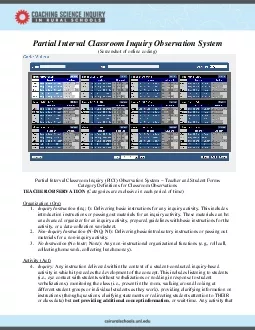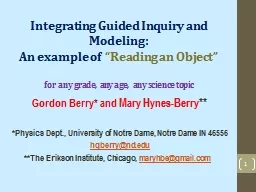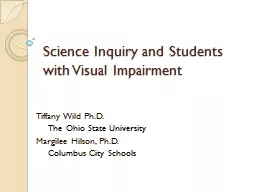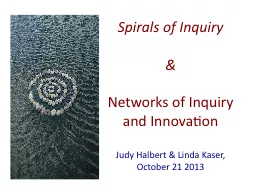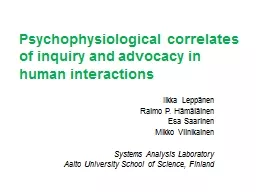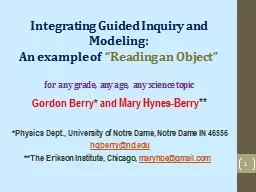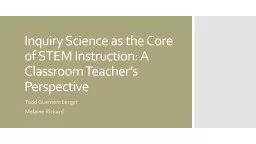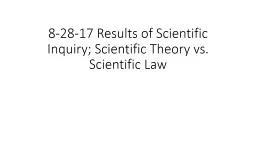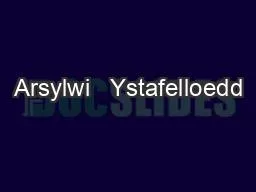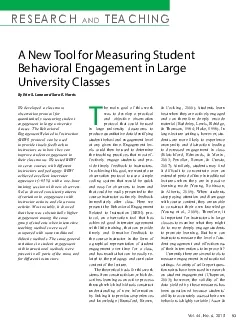PDF-Partial Interval Classroom Inquiry Observation System
Author : fiona | Published Date : 2021-09-14
Screenshot of online codingPartial Interval Classroom Inquiry PICI Observation System Teacher and Student FormsCategory Definitions for Classroom ObservationsTEACHER
Presentation Embed Code
Download Presentation
Download Presentation The PPT/PDF document "Partial Interval Classroom Inquiry Obser..." is the property of its rightful owner. Permission is granted to download and print the materials on this website for personal, non-commercial use only, and to display it on your personal computer provided you do not modify the materials and that you retain all copyright notices contained in the materials. By downloading content from our website, you accept the terms of this agreement.
Partial Interval Classroom Inquiry Observation System: Transcript
Download Rules Of Document
"Partial Interval Classroom Inquiry Observation System"The content belongs to its owner. You may download and print it for personal use, without modification, and keep all copyright notices. By downloading, you agree to these terms.
Related Documents

